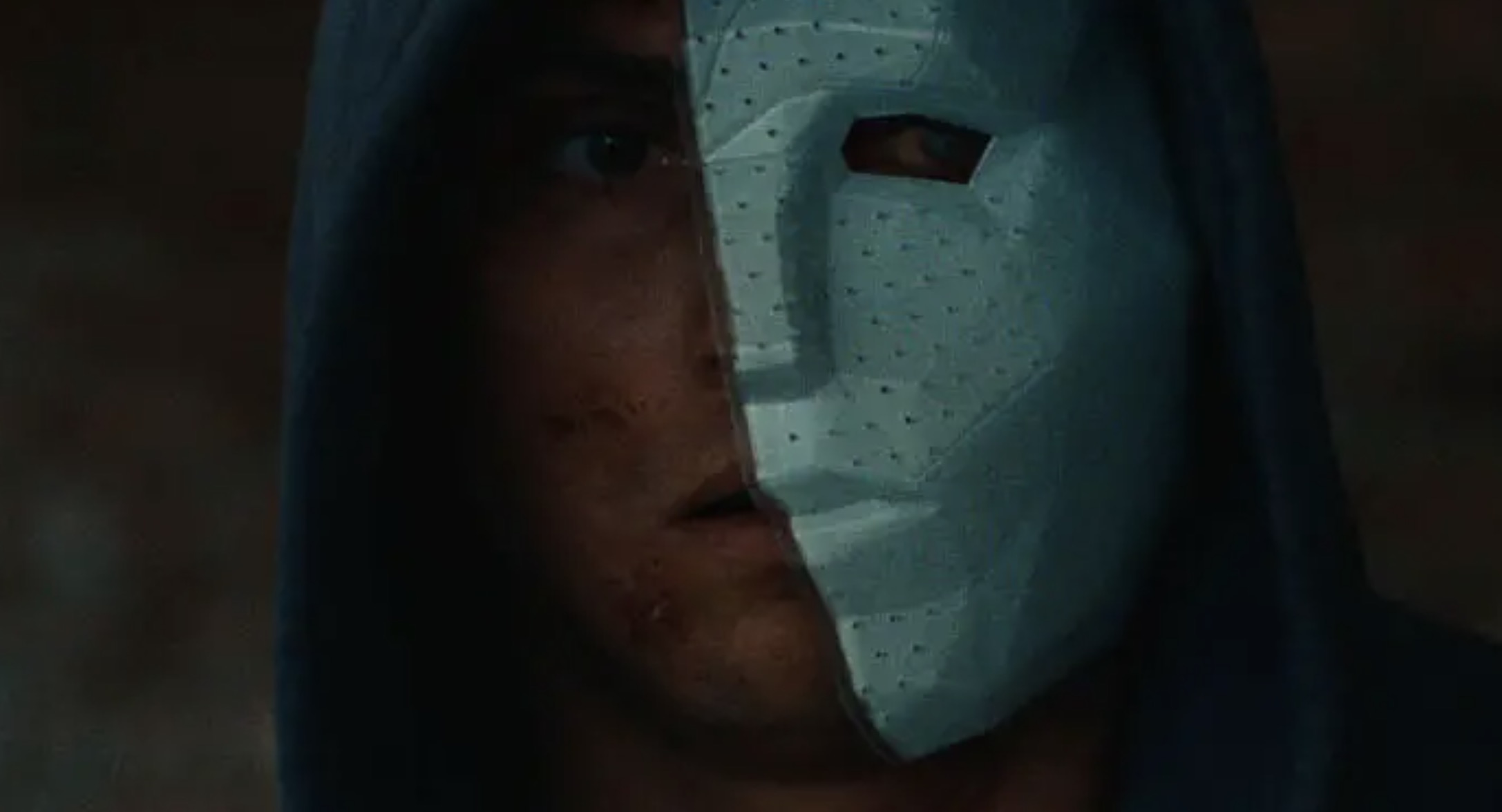Watch ‘Looking for a Lady with Fangs and a Moustache’ Review

Table of Contents
“Watch Online ‘Looking for a Lady with Fangs and a Moustache’ Review”
“‘Looking for a Lady with Fangs and a Moustache’ Review”
Ponytailed Tenzin (Tsering Tashi Gyalthang) has ambitious plans to open “the best coffee shop in all of Nepal.” To that end, he’s raised capital from various sources, including the mother who encouraged him toward music studies he’s not particularly suited for. Scouting potential locations, he pokes around an old temple abandoned since it suffered earthquake damage. That trespass appalls best friend Jachung (Tulku Kungzang), a fellow Tibetan exile, who frets that the place is “the womb of the goddess” and should not be disturbed. Tenzin shrugs off the warning as superstitious nonsense.
Yet soon he’s experiencing strange visions, spying a young girl singing in the street, then a young woman cleaning his kitchen in the middle of the night — chimera that soon disappear, and which he alone can see. Jachung pushes him to meet with a hipster prophet monk (Ngawang Tenzin), who in infuriatingly blasé fashion informs Tenzin he’s doomed to perish for his offense. This too gets laughed off, until our protagonist is so dogged by additional specters — to the detriment of his pressing business obligations — that he reluctantly visits an elderly Buddhist master (Orgen Tobgyal Rinpoche). The grumpy sage advises his sole hope is to find and win the allegiance of a “dakini,” a mercurial female spirit associated with transformation and wisdom. But as she might take any form, that search becomes something of a wild goose chase.
Dakini lore is so ill-explained here, and Norbu’s direction so bemusedly even-handed, that the film’s press-kit synopsis is considerably more dramatic than the onscreen depiction itself. But then the director’s not really interested in suspense, let alone frights, and our confusion as to exactly what the hero seeks is meant to reflect his own. This is really about the journey, not the destination. Repeatedly referred to as a “modern man,” Tenzin apparently needs to fear for his life in order to be “reborn” into joyful full consciousness of its larger spiritual reality, no longer hogtied by the worldly (and, it’s suggested, Western) pursuit of material success.
Before reaching that point, he keeps complaining he can’t tell whether he’s dreaming or not. “Looking for a Lady” conveys that same state throughout, blurring the everyday and fantastical. The result feels less like a conventional narrative than a kind of maze from which the viewer (and Tenzin) finally emerges, a bit dazed but also refreshed. There’s an inner tranquility to the action even when our protagonist is at his most frazzled, a sense he’s being not-unkindly toyed with. Here, teeming Kathmandu has air pockets of absolute silence, and even the most alarming sights have a certain playful humor to them.
Aesthetically, too, Norbu’s film offers steady, muted levels of intoxication, giving constant pleasure while never quite tipping into flamboyance. The widescreen cinematography by Mark Lee Ping Bing (of “In the Mood for Love” and Hou Hsiao-hsien films) marries elegant compositions to colors so rich you can almost taste them, with nocturnal sequences especially lovely. There is much attractive traditional music heard and frequently played onscreen here, but also room for some quirkier soundtrack choices, including a Tom Waits cut and Tomas Mendez’s Mexican huapango classic “Cucurrucucu Paloma.”
Norbu himself is a lama who as a child was pronounced the third incarnation of the founder of Tibetan Buddhism’s Khyentse lineage. As in his prior features, religious teachings are seldom spelled out, but gently sublimated in an anecdotal progress of ingratiating, whimsical appeal. Once again he’s also used nonprofessional actors to good effect, coaxing performances that belie any inexperience, and which in lead Gyalthang’s case suggest a viable new career.
If you liked the article, do not forget to share it with your friends. Follow us on Google News too, click on the star and choose us from your favorites.
For forums sites go to Forum.BuradaBiliyorum.Com
If you want to read more Like this articles, you can visit our Watch Movies & TV Series category



